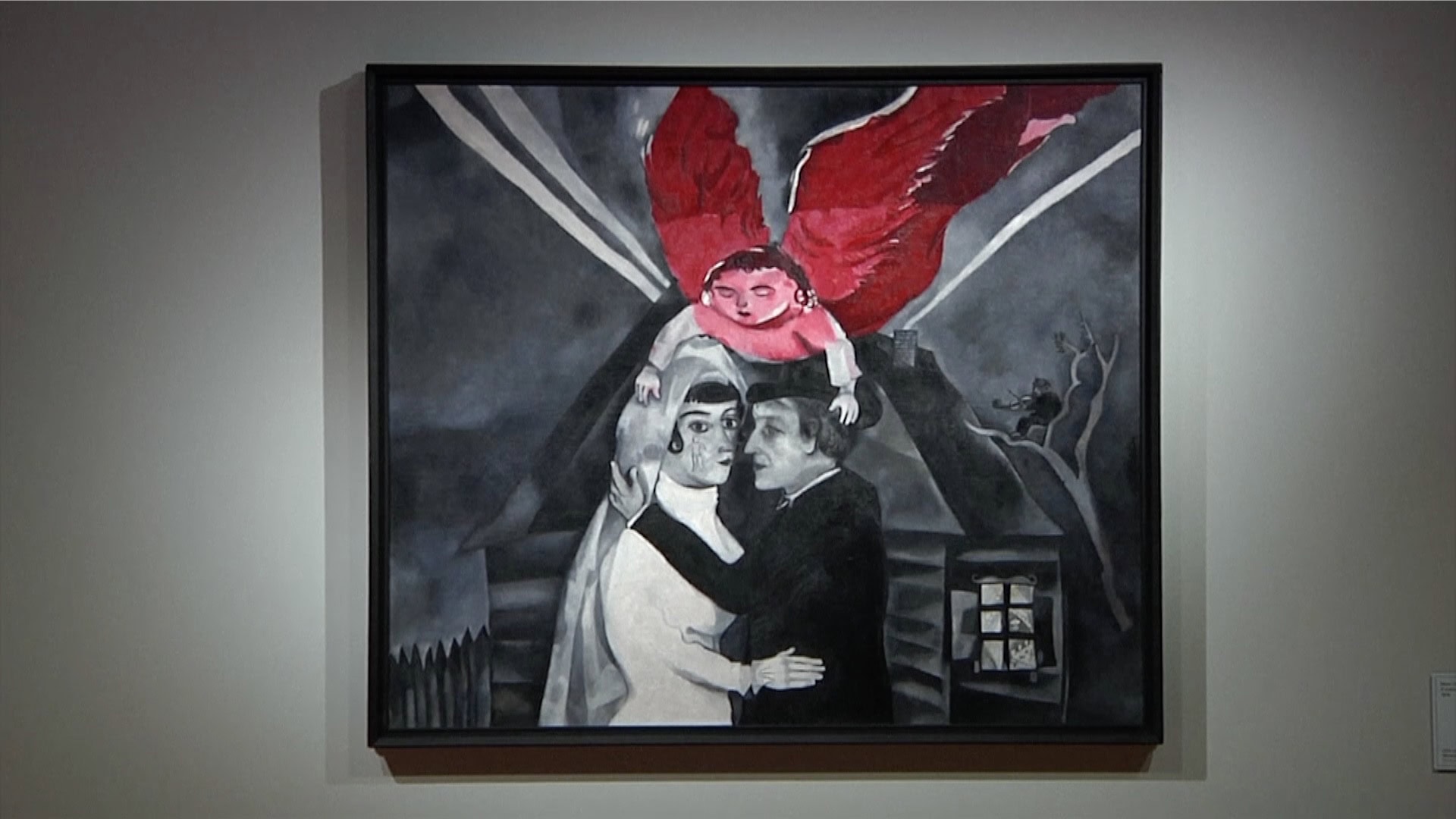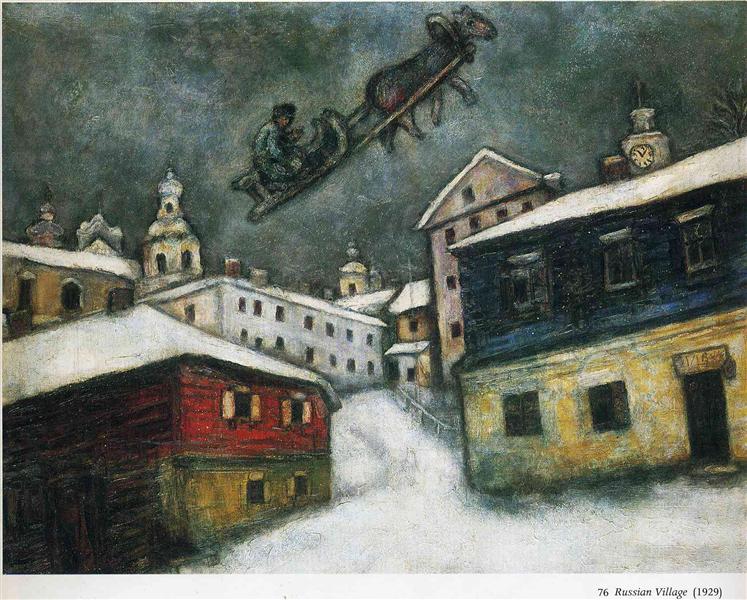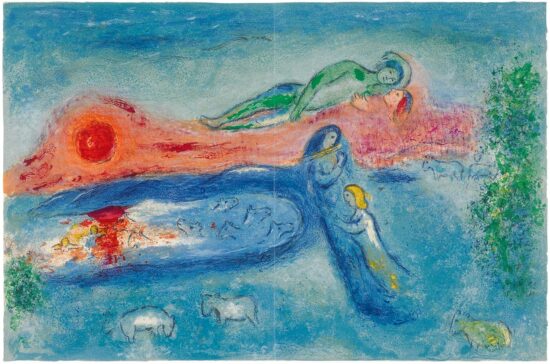A new exhibition titled “My Russia will love me too” will be opening in Italy’s Palazzo Roverella in Rovigo. The exhibition highlights Marc Chagall’s unique and whimsical artistic style and how the relationship to his Russian heritage influenced him as an artist.

"We are pushed to discover links that are suggested, without being able to confirm that Chagall was actually inspired by specific iconographies. But, of course, this is an artistic universe, the icons, the lubki (Russian woodblock prints), that all artists from the Russian avant-garde were soaked in the same way. Chagall then used them as vocabulary that he brought along with him and within him as if they were natural extensions of him like the paintbrush, like the color pallet," Meret Meyer, Chagall’s granddaughter, said of Chagall’s fascination with Russian art.

Claudia Zevi, the exhibition curator, organized the exhibition by symbols and motifs famous in Russian mythology and folklore that Chagall often used, like bird maidens or sirens. "We saw the theme of the roosters, the rooster in the Russian culture is the one that marks dawn, the warrior. But in the Jewish culture, it is the animal that is sacrificed the day before Yom Kippur, so the victim... There is also the pendulum, an object present in all the Jewish homes, but it is also an image that represents the apocalypse," she said.

Chagall was born to a Jewish family in present day Belarus, which was part of the Russian empire at the time. His Jewish heritage was an important part of who he was as a person and an artist, and it sometimes collided with his Russian roots. "We separated these elements and I believe the result is a new reading of his works that forces us to stop and look at each individual piece to look for specific elements rather than looking at pieces quickly, one after the other following chronological or historical guidelines," Zevi said.
Meyer hopes examining the symbolic nature of her grandfather’s work will allow people to appreciate the artist in a different way. The exhibition runs until January 17, 2021.
Enjoy our fine art collection of Marc Chagall Signed Original Prints.

